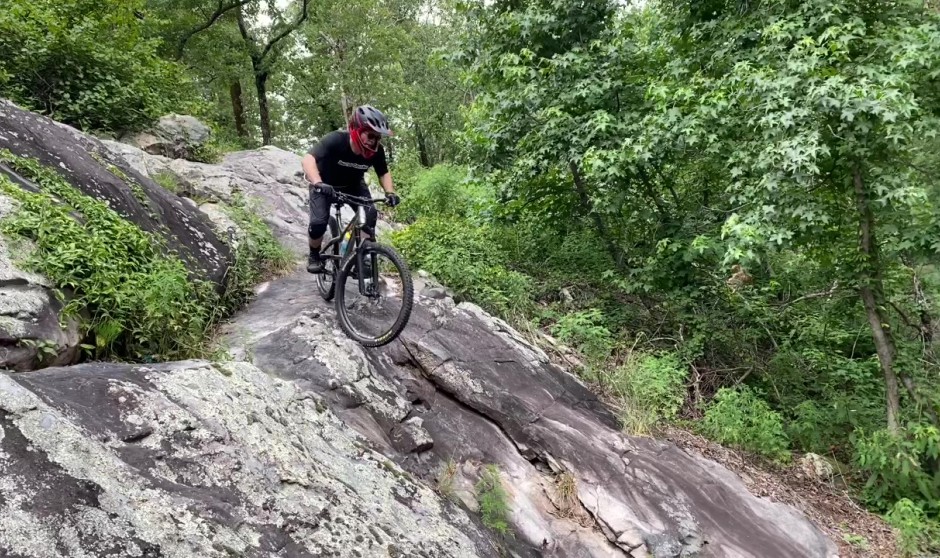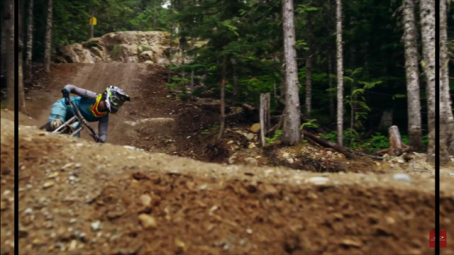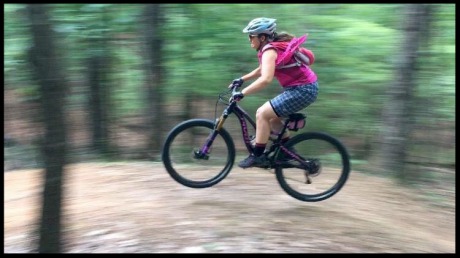We all want to get a little air.
Drops are something that every mountain biker would like to be able to do. The more aggressive the head angle of the bike, like on this singlespeed with an 80mm fork, the less room for error. Most cross country race bikes (regardless of the price) have a similar aggressive head angle which can make them twitchy when going off drops of any size. That's why it is even more important to get the technique right when one is riding an XC or trail bike.
The principles of doing drops without eating rocks and dirt are the same, regardless of whether the drop is 6 inches or 7 foot tall. No we won't be going off any big drops, but we will make sure that everyone knows what is supposed to be going on when it comes to a drop so they aren't just guessing out there on the trails. It's funny when young aggressive riders say, "Just send it," but those of us who can't afford to miss work because of a serious injury know "just sending it" is not wise.




